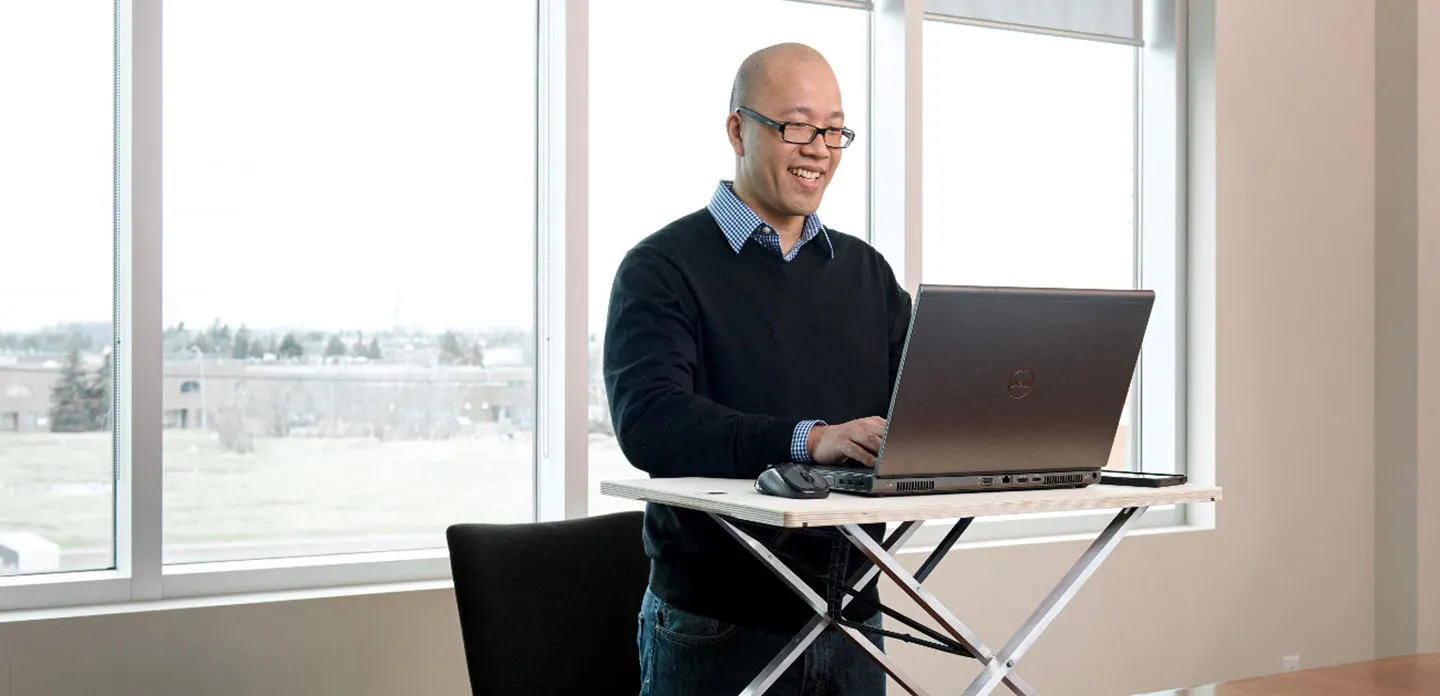Kinder Design Inc. is a leading design and engineering services consulting firm based near Toronto, Canada. Owner and Mechanical Designer Tim Chung founded the company following a decade-long career as a mechanical engineer, during which he developed heavy equipment and automated machinery. Today, Kinder Design provides mechanical design and engineering services for product development and manufacturing clients in a wide range of industries. When Chung founded Kinder Design, he realized that choosing the right 3D design platform would be critically important to the success of the business. “During the early stage of my engineering career, I mainly used 2D design packages, such as AutoCAD® and CADKEY®,” Chung explains. “Although I loved doing mechanical design, I also found working with 2D tools to be tedious and laborious, especially when generating and updating design views and building bills of materials [BOMs].” “As a consulting engineer, I need to find ways to save time and automate the design process, such as generating BOMs automatically,” Chung stresses. “With SOLIDWORKS 3D design software, I am able to complete my work quickly and efficiently. SOLIDWORKS is also the most commonly used 3D package in the areas and industries for which I consult, so the decision to use SOLIDWORKS was easy to make.” Kinder Design standardized on SOLIDWORKS Premium design and analysis software because it’s easy to use, provides advanced design visualization tools, and includes integrated finite element analysis (FEA) simulation capabilities. “I’ve found that whether I’m designing an assembly, playing around with different approaches, or running a simulation, it’s easier and faster to do it in SOLIDWORKS,” Chung says.
STAND OR SIT WITH LIFT TOP DESK
Kinder Design not only uses SOLIDWORKS to provide efficient, cost-effective solutions to its clients, the product development consultancy also utilizes SOLIDWORKS to develop its own innovative products. For example, the firm recently introduced the Lift Top adjustable desktop table, which enables users to comfortably work in either a sitting or standing position, and effortlessly move back and forth between standing and sitting. “As a heavy CAD user, I’ve never really liked spending hours sitting down all day,” Chung explains. “When medical studies began showing that sitting at a desk all day long isn’t good for someone’s health, I got the idea of creating an adjustable desktop table that you could pop up to stand or lower to sit without having to move the laptop or the documents on a desk, and the Lift Top was born.” “Using SOLIDWORKS Premium software, I was able to develop a lightweight, incredibly compact minitable that sits atop a desk,” Chung continues. “I also invented an entirely new mechanism to support the huge range of motion required to easily raise the table up to the perfect height for standing. People’s heights vary widely, so the Lift Top had to be highly adjustable and feature 19 different height adjustments to alter its positional height. I used SOLIDWORKS capabilities to a far greater extent on this project, and succeeded in creating an innovative, patent-pending design, which is probably the most difficult thing I’ve ever designed.”
